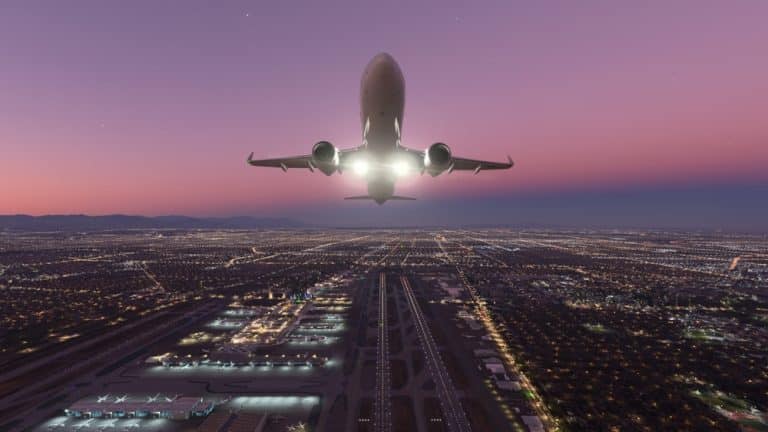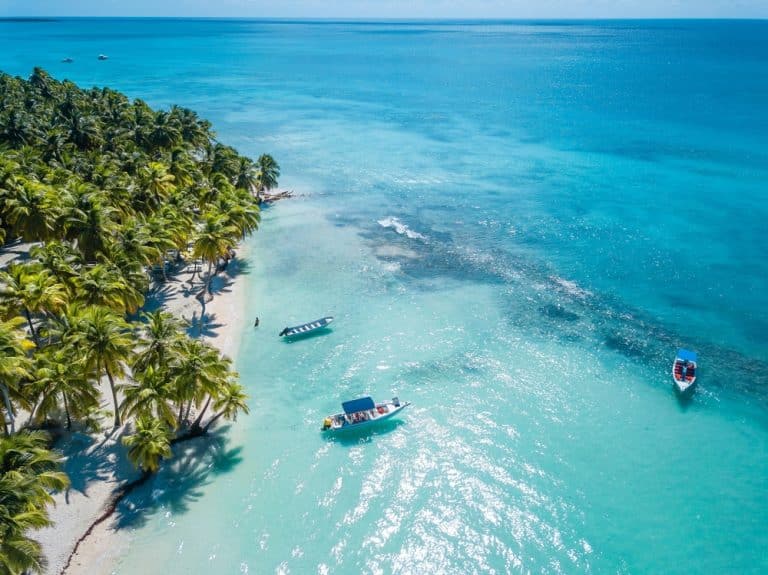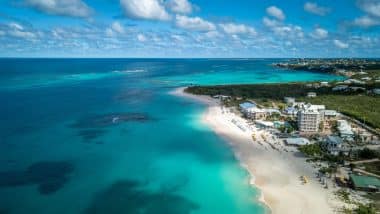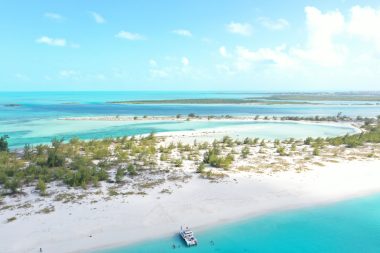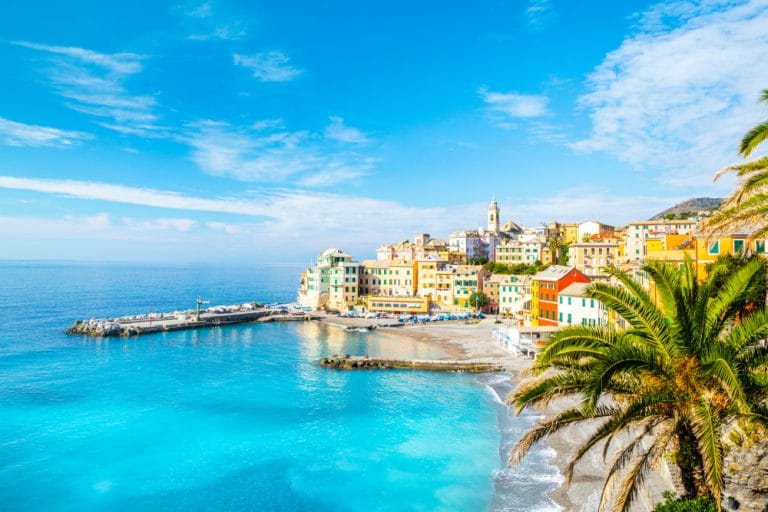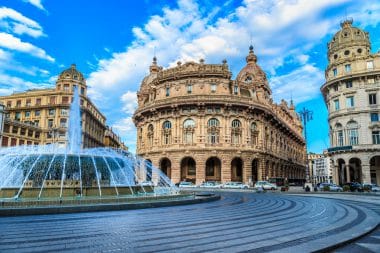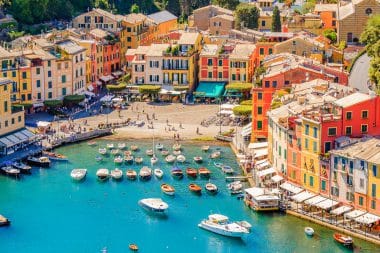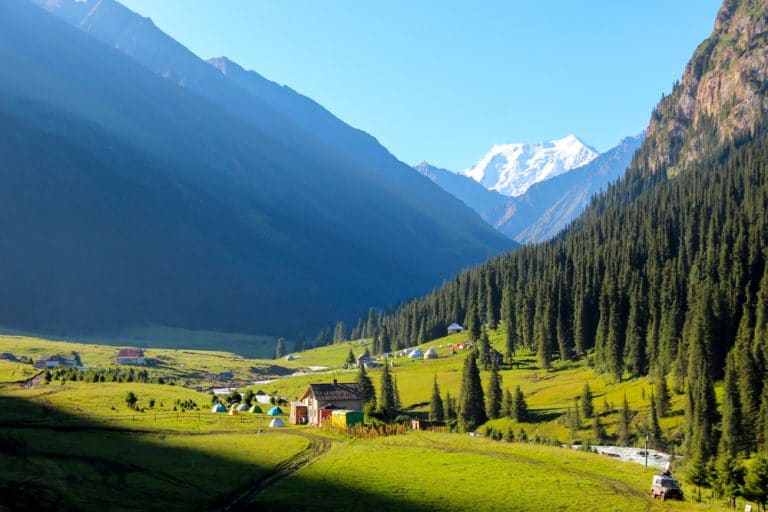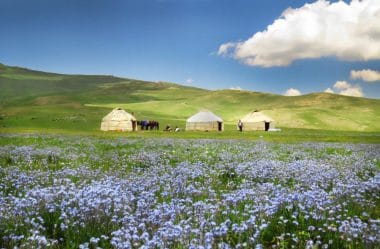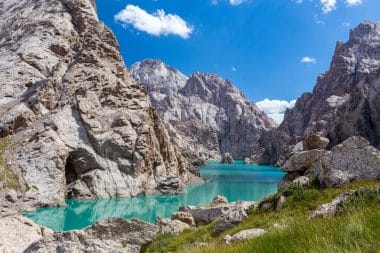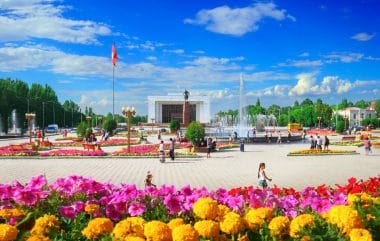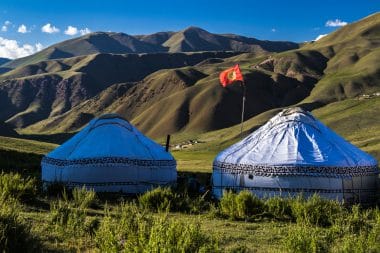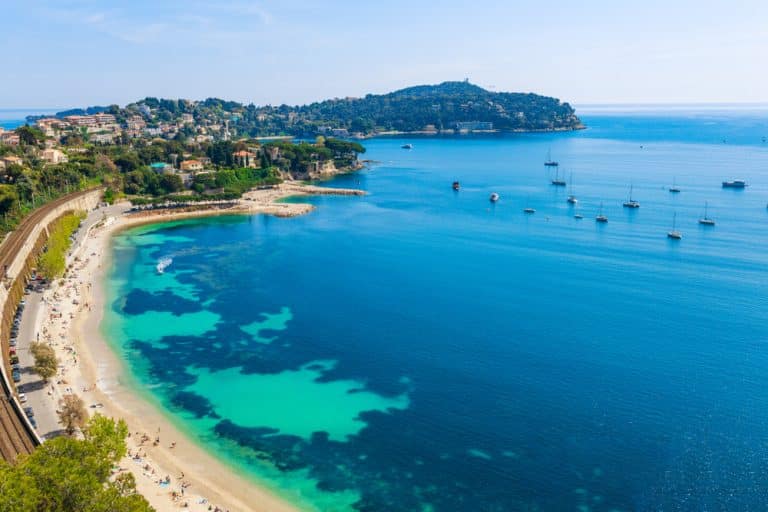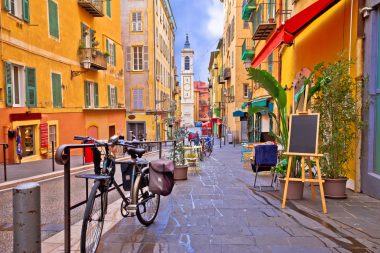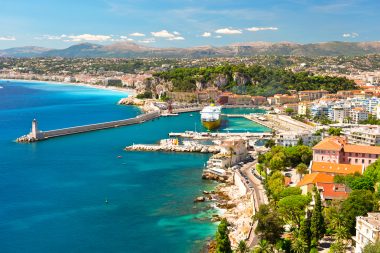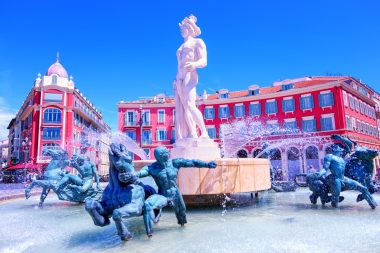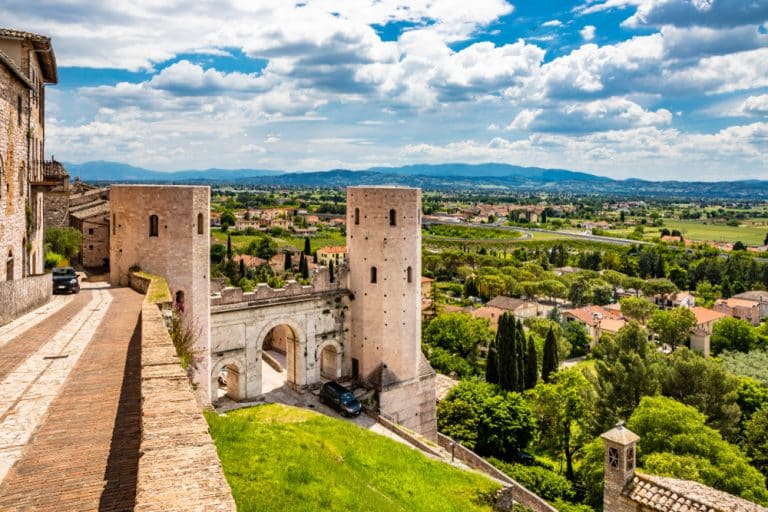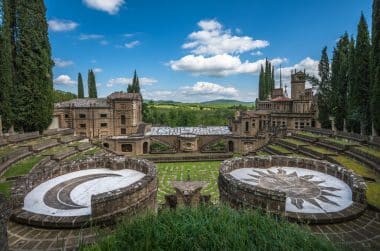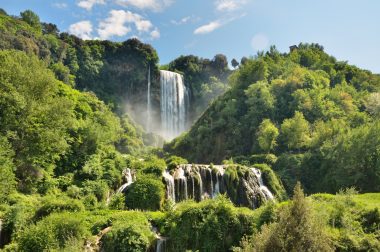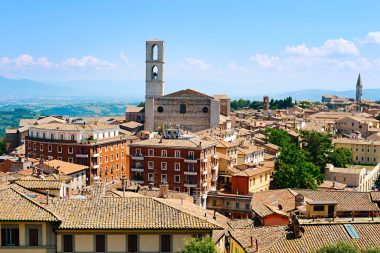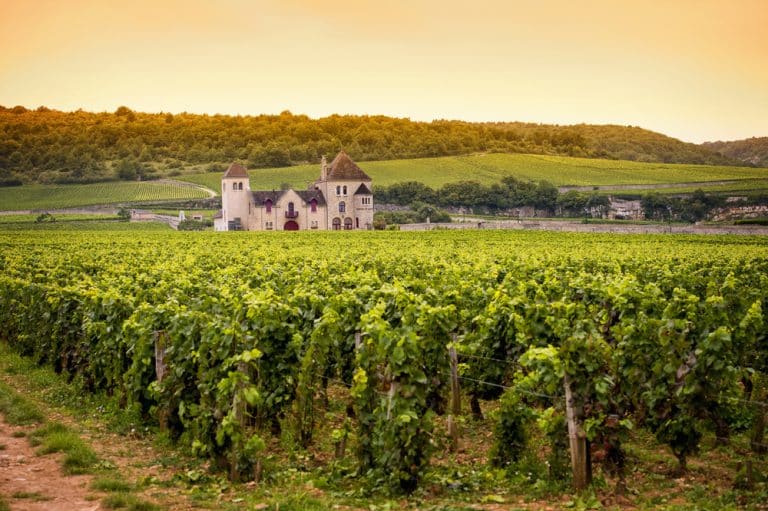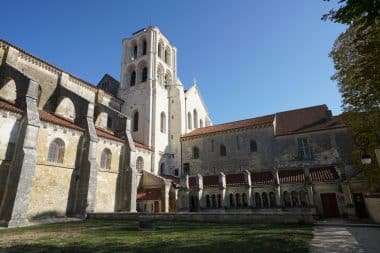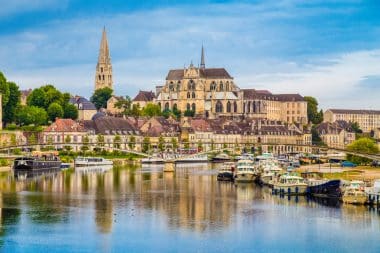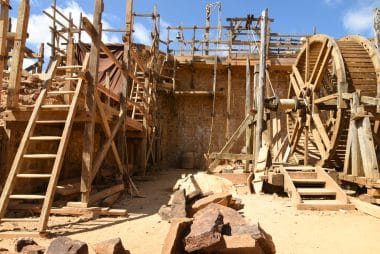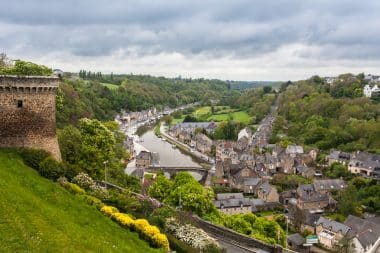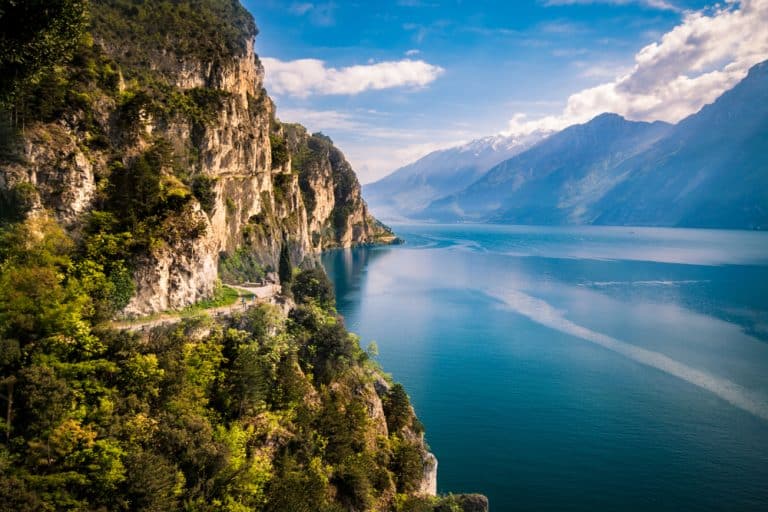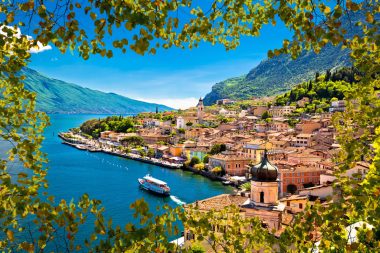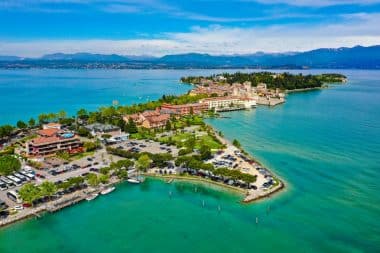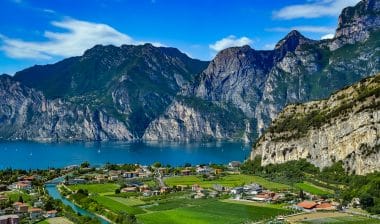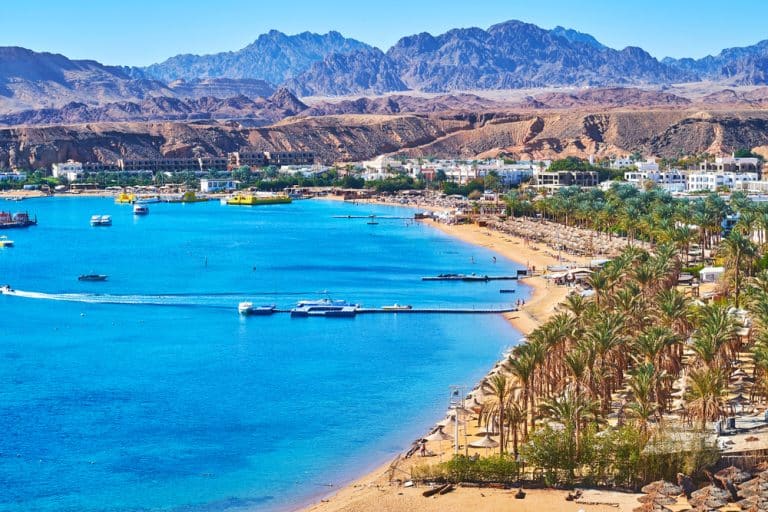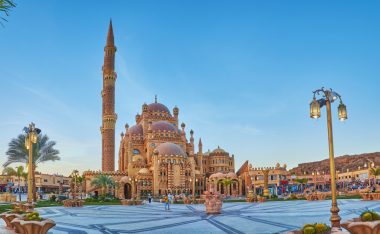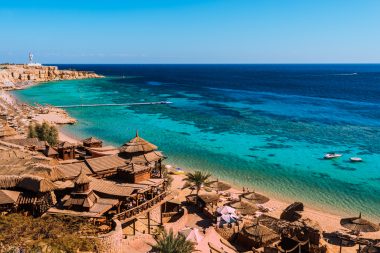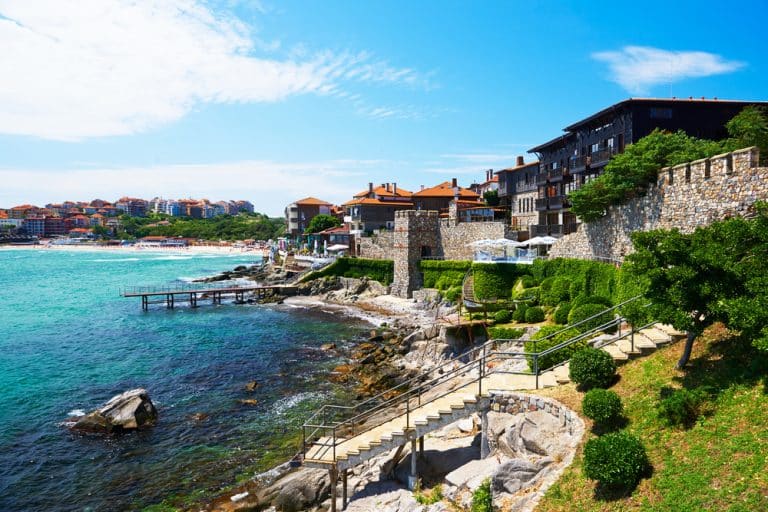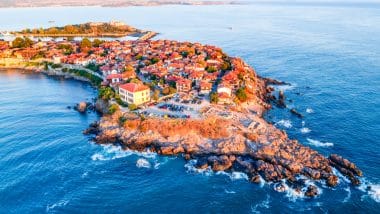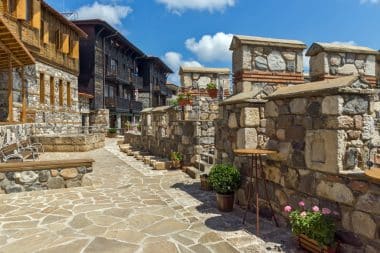In a world where air travel has become an integral part of our lives, ensuring safety during the flight is paramount. Finding the safest airlines has become more than just a matter of preference; it is now a decisive factor for travelers worldwide. Fasten your seatbelts as we embark on an exciting journey to uncover the secrets behind the world’s safest airlines. From meticulous maintenance routines to state-of-the-art safety protocols, these airlines have set the gold standard for ensuring passenger safety at every altitude.
Dive into the fascinating realm of flight safety with us and explore what distinguishes the safest airlines from the rest. With a strong focus on excellence and a relentless commitment to passenger well-being, these industry leaders have redefined the notion of safe travel. Get ready to soar through the skies with confidence and peace of mind as we unveil the hidden gems in the field of aviation safety. Let’s buckle up and take off into a world where safety isn’t just a priority – it’s a way of life.
The importance of air safety
When flying, safety comes first. Passengers want to feel safe and confident when boarding an aircraft and know that they are in good hands. The aviation industry understands this need and has made significant progress in ensuring the safety of its passengers. From rigorous maintenance checks to comprehensive training programs for pilots and crew members, airlines leave no stone unturned to ensure a safe journey.
However, not all airlines are the same when it comes to safety standards. Some go out of their way to ensure the well-being of passengers, while others may not be able to do so. This is where the airlines’ safety rankings come into play.
Criteria for assessing flight safety
When assessing the safety of an airline, various factors must be considered that contribute to a safe flight experience. These criteria include:
- Maintenance practices: Airlines with strict maintenance routines are more likely to experience fewer technical issues during the flight.
- Pilot training: Well-trained pilots who regularly complete simulations and learn about the latest industry standards are better able to cope with emergency situations.
- Safety protocols: Airlines that have strict safety protocols in place, such as thorough pre-flight checks and contingency plans, offer a higher level of security to their passengers.
- Emergency preparedness: The ability to deal with unexpected situations, such as engine failures or adverse weather conditions, is critical to passenger safety.
Airline Safety Rankings: An Overview
To help travelers make informed decisions about which airlines prioritize their well-being, several organizations publish flight safety rankings annually. These rankings take into account various factors such as accident history, operational excellence, and compliance with international aviation regulations.
One such organization is AirlineRatings.com that evaluates airlines based on a seven-star rating system. The criteria include inspections by aviation authorities, government inspections, accident reports and operational history. Another well-known rating system is the Jet Airliner Crash Data Evaluation Centre’s (JACDEC) Airline Safety Rating, which takes into account factors such as accident rates, serious incidents and operational performance.
Top contenders for the title of safest airline
Although there are many airlines that stand out when it comes to safety, one always stands out as a top contender for the title of the safest airline in the world: Qantas Airways. This Australian airline has an impeccable safety record and has been recognized for its commitment to the well-being of its passengers.
Qantas Airways has long been known for its excellent safety standards. It was one of the first airlines to introduce real-time monitoring systems to monitor the performance of its aircraft during flight. In addition, Qantas has invested heavily in pilot training programs and regularly upgrades its fleet with state-of-the-art technology.
Case Studies: Safety Initiatives of Leading Airlines
While Qantas Airways is a pioneer in safety, other airlines have also implemented innovative safety initiatives to ensure the well-being of their passengers. Let’s take a closer look at some notable examples:
Singapore Airlines: A Commitment to Excellence
Singapore Airlines is known for its commitment to excellence in all aspects of air travel, including safety. The airline places a strong emphasis on pilot training and ensures that its pilots are subjected to rigorous simulations and recurring training programs.
In addition to pilot training, Singapore Airlines also attaches great importance to maintenance standards. The airline follows strict maintenance protocols and conducts regular inspections to ensure that its fleet is always in optimal condition.
Lufthansa: Technological progress is a top priority
Lufthansa is a pioneer in using technological advances to improve safety. The airline has implemented a state-of-the-art predictive maintenance system that uses data analytics to identify potential problems before they become major problems.
Lufthansa also attaches importance to pilot training and has a comprehensive safety management system. The airline encourages open communication between pilots and crew members and fosters a culture of collaboration and continuous improvement.
Industry innovations promote flight safety
The aviation industry is constantly evolving. New technologies and innovations are emerging to improve safety. One such innovation is the use of artificial intelligence (AI) in flight safety systems.
AI-powered systems can analyze massive amounts of data in real-time, allowing airlines to identify potential risks and proactively take action to mitigate them. These systems can monitor various factors such as weather conditions, aircraft performance, and pilot behavior, providing valuable insights for ensuring safe flights.
Pilot training and safety protocols
Pilot training plays a crucial role in ensuring flight safety. Airlines invest significant resources in training their pilots so that they can effectively navigate various scenarios.
Training programs include simulated emergency situations, cockpit resource management, and ongoing training on the latest industry best practices. By equipping pilots with the necessary skills and knowledge, airlines can ensure that they are well prepared for any challenges that may arise during the flight.
In addition to pilot training, airlines also have comprehensive safety protocols in place. These protocols cover areas such as pre-flight checks, cabin crew procedures, emergency plans, and communication protocols with air traffic control.
Maintenance standards to ensure passenger safety
Maintenance standards are critical to maintaining an aircraft’s airworthiness. Airlines follow strict maintenance schedules recommended by aircraft manufacturers and regulators.
Periodic inspections are carried out to detect any potential problems or signs of wear and tear that could affect the safety of the aircraft. Maintenance teams are trained to adhere to strict guidelines and ensure that all necessary repairs and replacements are carried out promptly.
Emergency preparedness: A crucial aspect of aviation safety
Emergency preparedness is an essential aspect of flight safety. Airlines have comprehensive contingency plans in place for various scenarios such as engine failures, medical emergencies, or adverse weather conditions.
Crew members undergo rigorous training to be able to respond quickly and effectively in emergencies. They will be trained in first aid, evacuation procedures and communication protocols to ensure the safety and well-being of passengers.
Conclusion: Flying safely – The future of flight safety
As technology continues to evolve and aviation safety practices evolve, the future of aviation safety looks promising. Airlines are embracing innovative solutions and investing in training programs to ensure passengers can fly safely.
The world’s safest airlines have set a high industry standard by prioritizing passenger well-being through meticulous maintenance routines, comprehensive pilot training programs, and strict safety protocols. As travelers, we can count on these airlines to do everything they can to ensure our safety at every altitude.
So, the next time you board a plane, remember that you are flying with one of the safest airlines in the world – an airline that has made your well-being their top priority.


